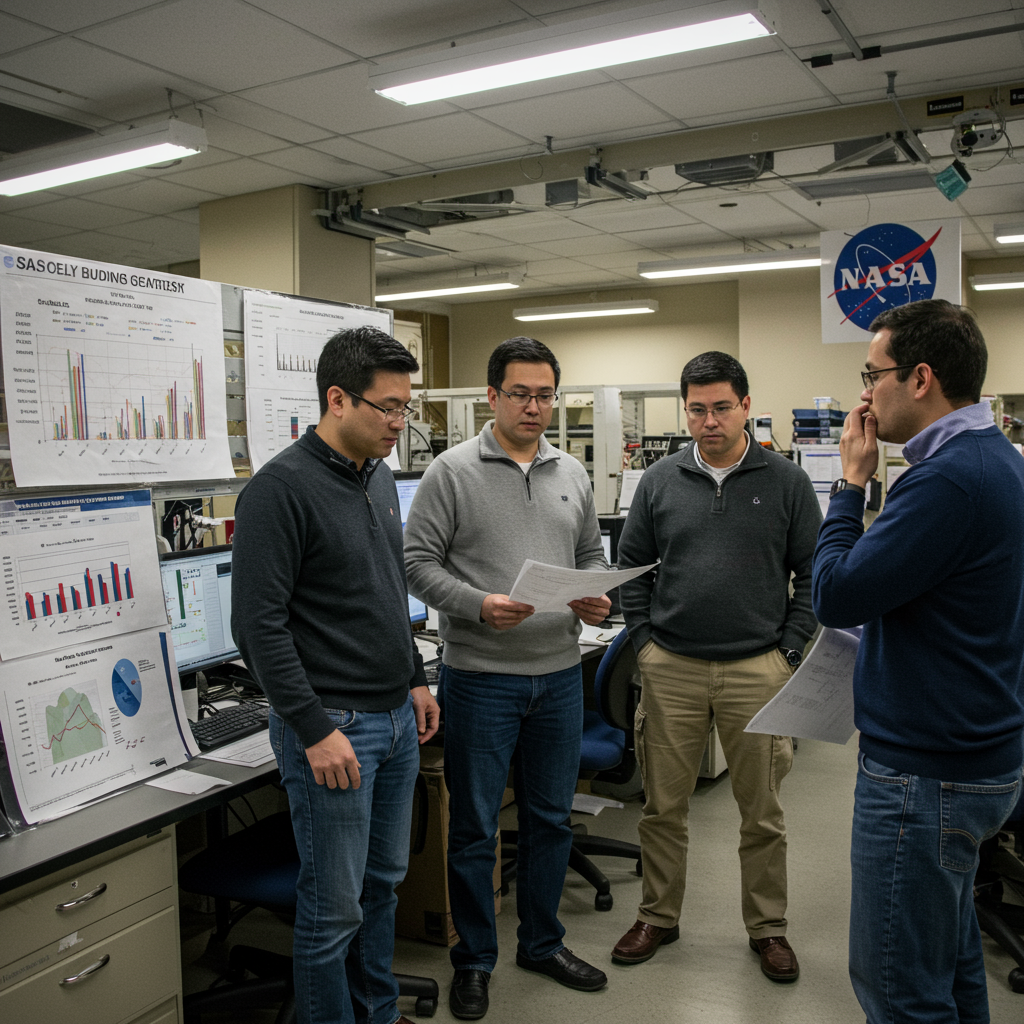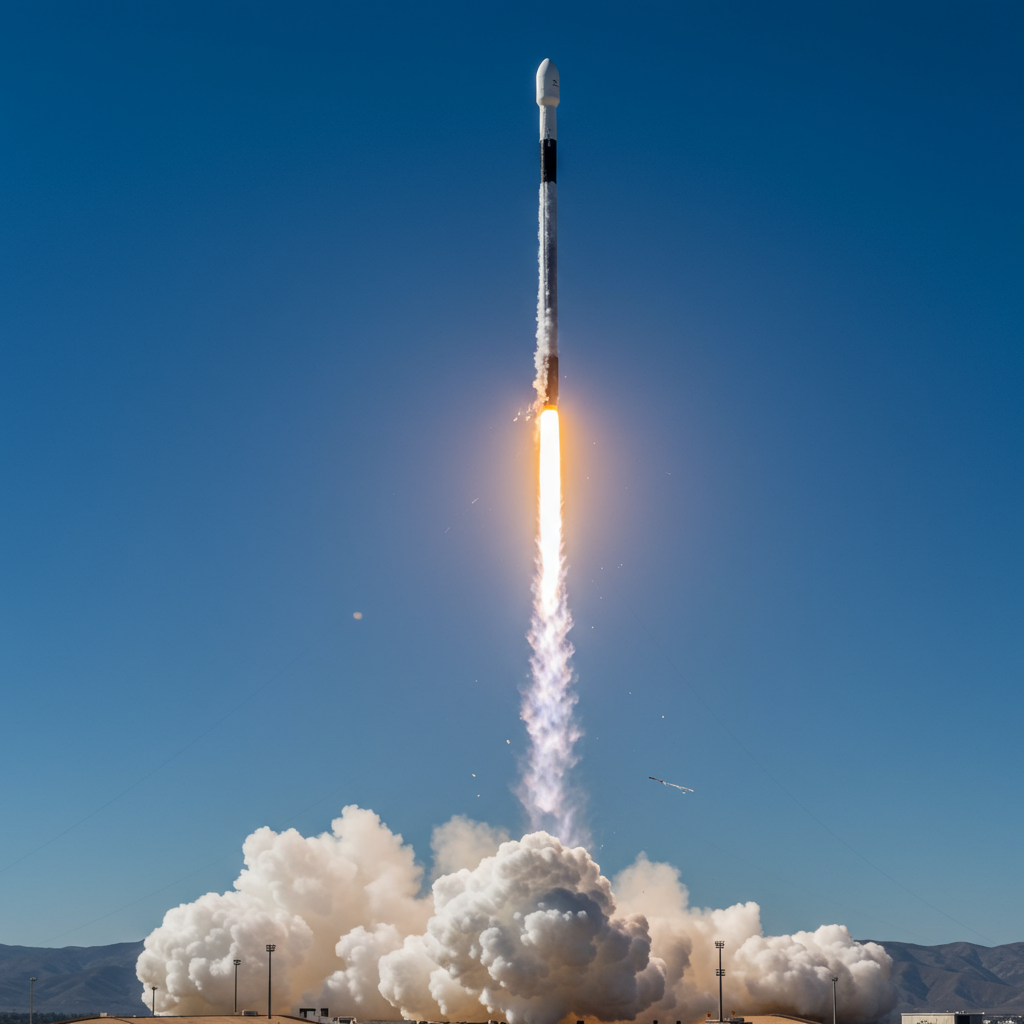Colorado’s leading public university faces a critical moment for its renowned space science programs. Officials at the University of Colorado Boulder’s Laboratory for Atmospheric and Space Physics (LASP) are sounding the alarm. They anticipate significant cuts to crucial projects and longstanding partnerships with NASA. these potential reductions are linked to a proposed federal budget bill winding its way through Congress. Experts warn these cuts could impact not only cutting-edge research but also jobs and the state’s economy.
The Threat: Deep Cuts to CU Boulder’s Space Endeavors
The expected financial hit to CU Boulder’s space endeavors is substantial. University representatives project a potential loss of $54 million in funding. This represents a significant portion of LASP’s total budget, which stands at roughly $200 million annually. The laboratory is heavily reliant on federal funding, primarily through NASA contracts and grants.
These anticipated cuts are tied to proposed federal budget reductions planned for 2026. A bill dubbed the “Big Beautiful Bill” is currently under consideration in Congress. It includes provisions for significant cuts across federal agencies. University officials indicate that if enacted, these measures would drastically curtail their ability to conduct space research.
LASP is a cornerstone of CU Boulder’s research ecosystem. It employs approximately 750 individuals. This workforce comprises a diverse mix of faculty, seasoned researchers, skilled engineers, and importantly, a significant number of undergraduate students. Roughly a quarter of the laboratory’s employees are students gaining invaluable hands-on experience. Frank Eparvier, Interim Director for CU Boulder’s LASPD, highlighted the dependency on federal grants. He noted that these contracts fund the majority of their operations and staff.
The potential impact mirrors concerns seen in other areas of federal science funding. Previous proposals impacting agencies like the NIH have shown that seemingly technical cuts, such as those affecting indirect costs, can deeply undermine the infrastructure supporting research institutions. Universities rely on these funds to cover essential overhead. This includes maintaining laboratories, purchasing equipment, and supporting administrative staff. Cutting these vital components can cripple a university’s capacity to conduct science.
Programs at Risk: Why Cutting Space Missions Matters
University officials warn that the potential funding cuts could lead to the discontinuation of numerous vital projects. They expect that 10 programs currently run in partnership with NASA would be terminated. These missions contribute critical data to planetary science, Earth observation, and solar physics.
One prominent example on the chopping block is the Mars Atmosphere and Volatile Evolution (MAVEN) mission. CU Boulder plays a leading role in this project. MAVEN is dedicated to studying the atmosphere of Mars. This research helps scientists understand how the Martian climate has changed over billions of years. It also provides crucial data about atmospheric escape and space weather.
The practical implications of losing missions like MAVEN are significant. Shannon Curry, Principal Investigator of the MAVEN Project, emphasized the importance of understanding the space environment. She used a vivid example: “If I were an astronaut, and I didn’t know if a solar storm was going to come at any given minute, I wouldn’t go.” This illustrates how missions studying distant atmospheres provide vital safety information for future human exploration.
These potential losses stand in stark contrast to recent successes highlighting CU Boulder’s capability in space science. For instance, university researchers played a pivotal role in NASA’s OSIRIS-REx mission. This historic project successfully returned a sample from the asteroid Bennu in September 2023. CU Boulder’s Daniel Scheeres led a team that used the spacecraft’s navigation data to study Bennu’s internal structure. Their work revealed the asteroid’s surprisingly low-density core, likened to a “crème-filled chocolate egg.” CU researchers are also involved in analyzing the returned sample. The OSIRIS-REx mission demonstrates the high-impact science enabled by CU Boulder’s NASA partnerships.
Ripple Effect: Economic Impact on Colorado and Beyond
The consequences of these potential cuts extend far beyond the university campus. While LASP itself employs 750 people, university representatives expect the impact to be much wider. They anticipate cuts to many other jobs across Colorado. These positions are supported directly or indirectly through NASA contracts and related aerospace industry activities.
Frank Eparvier underscored the critical role of space research programs in the state’s economy. He stated they are “vital to our economy.” He pointed out that these programs attract high-tech jobs and investment. They also play a crucial role in funding state universities. Furthermore, they are essential for training the future aerospace workforce. This includes the undergraduate students working at LASP.
Eparvier warned of a massive loss in economic revenue for the state. He estimated the potential impact could reach “hundreds of millions of dollars per year.” This figure accounts for the direct funding losses, job impacts, and the broader economic activity generated by the aerospace sector fueled by federal investment. Disruptions to federal science funding can have tangible negative effects on state economies. They can slow innovation, reduce job creation, and impact the pipeline of skilled workers needed for future industries.
The Broader Context: Science Funding Under Pressure
The situation at CU Boulder is not isolated. It reflects a broader national landscape where federal funding for scientific research faces significant pressure. Discussions around federal budget constraints often target areas like research grants. While proponents argue for fiscal responsibility and reducing perceived “waste,” scientists and universities counter that such cuts risk crippling the U.S. science enterprise.
Past budget proposals have highlighted the vulnerability of research infrastructure and specific initiatives. Efforts to streamline government can sometimes result in freezing grants or ordering layoffs across various agencies critical for science, public health, and environmental monitoring, including NASA, NOAA, and NSF. This creates instability and uncertainty for researchers.
Scientists argue that consistent, long-term investment is crucial for making breakthroughs. Short-sighted cuts can delay or halt progress on critical projects. This includes research into climate change, disease cures, and fundamental space exploration. There are also concerns about how such cuts impact the talent pipeline. Programs aimed at supporting diverse groups entering STEM fields can be vulnerable. This could limit the pool of future innovators and researchers. The debate highlights a fundamental tension between fiscal policy goals and the long-term strategic importance of federal investment in science and technology.
Uncertainty Looms as Lawmakers Deliberate
The fate of CU Boulder’s space programs currently rests with Congress. Lawmakers are still considering the proposed budget bill. Officials indicate that a key vote on the bill is expected in the Senate in the coming days.
News outlets reached out to lawmakers for comment on the potential cuts. However, they declined to provide statements. They indicated they would wait until the vote on the budget bill had occurred. This leaves university officials and the affected workforce in a state of uncertainty. They await the final decision that will determine the future of critical space research and hundreds of jobs in Colorado. The outcome of the vote will have significant implications for CU Boulder’s role in NASA missions and the state’s standing in the aerospace sector.
Frequently Asked Questions
What CU Boulder space programs are threatened by potential funding cuts?
Officials at CU Boulder’s LASP expect that 10 specific programs partnered with NASA could be discontinued. A key mission mentioned is the Mars Atmosphere and Volatile Evolution (MAVEN) project. MAVEN is important for studying Mars’ atmosphere, providing insights crucial for future missions, including human exploration.
How does CU Boulder’s space program funding work, and how many people could be affected?
CU Boulder’s space program, particularly through its LASP laboratory, is primarily funded by contracts and grants from NASA. LASP employs around 750 people, including faculty, researchers, engineers, and a quarter of the workforce is undergraduate students. University representatives also expect the cuts to impact hundreds of other jobs across Colorado supported by NASA contracts.
What is the potential economic impact of these cuts on Colorado?
CU Boulder anticipates losing $54 million in direct funding for its space program. Officials warn that the broader economic impact on Colorado could be substantial. They project hundreds of millions of dollars in lost annual revenue for the state. This includes job losses not only at the university but also within the wider aerospace industry, and impacts the training of the next generation of the aerospace workforce.
The potential cuts to CU Boulder’s space program and NASA partnerships pose a significant threat. They endanger vital scientific research, disrupt the training of future experts, and threaten hundreds of jobs in Colorado. The situation underscores the vulnerability of university-based federal science funding to congressional budget decisions. As lawmakers deliberate, the fate of critical missions like MAVEN and CU Boulder’s prominent role in space exploration hang in the balance, with wide-reaching implications for science, the state’s economy, and the national research landscape.



